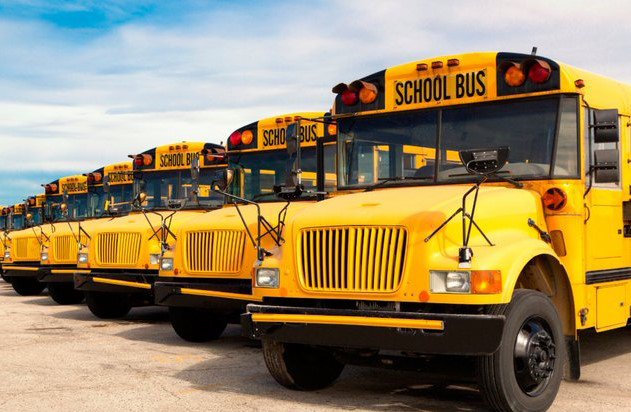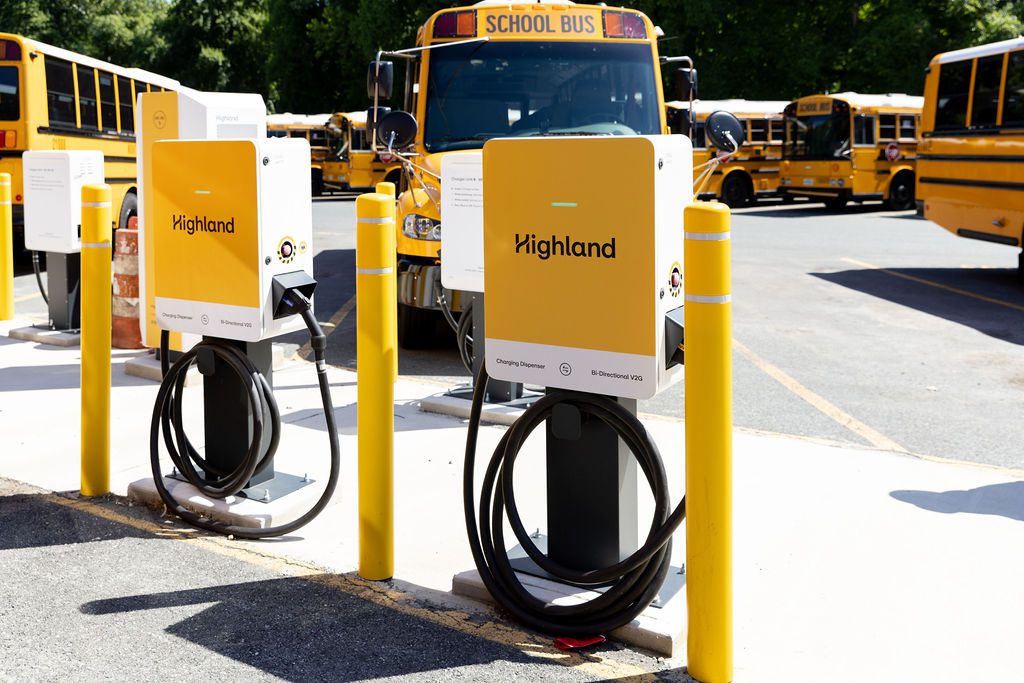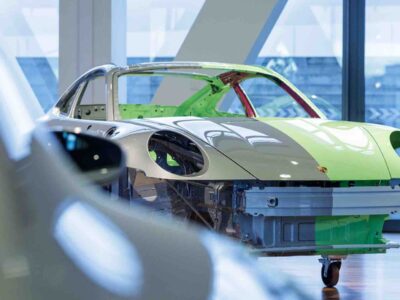The transition to electric vehicles (EVs) in the U.S. doesn’t only involve cars that zip down the highway and charge up at home. It also includes large commercial vehicles like electric school buses. As of June of this year, U.S. school districts and fleet operators have committed to 12,275 electric buses in 38 states according to a report from the World Resources Institute.
Meanwhile, the federal government has its sights set on accelerating the electrification of school buses even more. The 2022 Inflation Reduction Act (IRA) made such buses eligible for electrification funds through the newly-established Clean Heavy Duty Vehicles program, an initiative overseen by the U.S. Environmental Protection Agency (EPA). The law includes $1 billion for medium and heavy-duty commercial EVs, charging infrastructure, and related workforce training.
Those initiatives followed an even bigger investment in the 2021 Infrastructure Investment and Jobs Act, which allocated $2.5 billion for new zero-emissions or electric school bus purchases.

Electric buses are even being used to send energy back to the grid on a smaller, more local scale. One community that’s doing just this is the City of Beverly, MA, which uses its electric school buses to send power back to the grid to help conserve energy and reduce emissions.
A pair of vehicles manufactured by Thomas Built Buses produced more than 7-megawatt hours (MWh) of energy that was returned to the grid in Beverly. They demonstrated their viability as a vehicle-to-grid (V2G) resource through 32 summer grid events, which helped meet the community’s energy demand during some of the year’s hottest days.
Highland Electric Fleets activated the buses — a company that provides electrification-as-a-service for state and U.S. government fleets. Energy for the project was added to the grid through a commercial V2G program in partnership with National Grid. The firm is an investor-owned energy company that serves more than 20 million people in Massachusetts and New York.

The program also included technology partners Proterra, Rhombus Energy Solutions, and Synop. Last year, Highland worked with the same partners to send about 3 MWh of energy back to the grid.
One reason electric school buses are perfect for V2G applications is because they are only used a couple of times a day, for short periods, and then spend the rest of their time parked. When they sit idle, it makes sense to use them to provide additional power to the grid — a critical asset during periods of high energy use.
The 10 MWh produced over the last two summers by the Highland fleets is enough to power about 600 homes. Overall, the program delivered 80 hours of power to the region this year and 60 hours last year.
“Electric school buses are ideal assets for V2G applications,” said Sean Leach, director of technology and platform management at Highland. “Nearly 500,000 school buses in North America spend most of their time parked. Fossil fuel-powered buses provide no value when idle. Electric buses, on the other hand, can be used effectively as mobile batteries when not transporting students to provide additional power that supports grid stability and resiliency.”

According to Transparency Market Research, the V2G market is expected to approach $13 billion by 2031, with part of the growth coming via V2G use in commercial buildings. With more government incentives to expand the U.S. electric bus and large vehicle market, you can also expect to see more V2G-enabled school buses.





